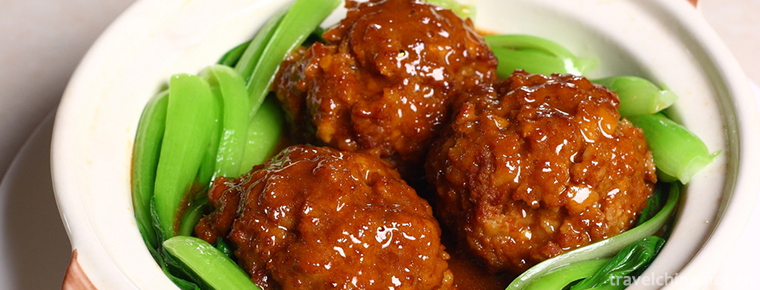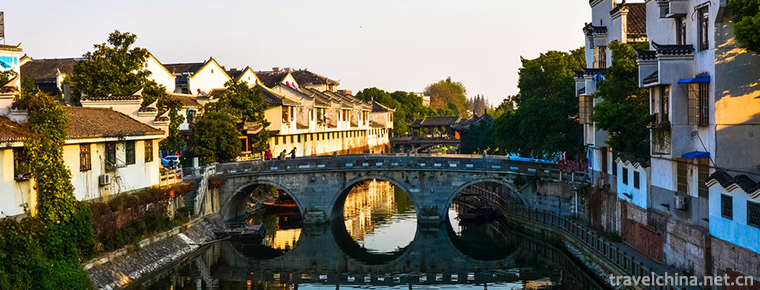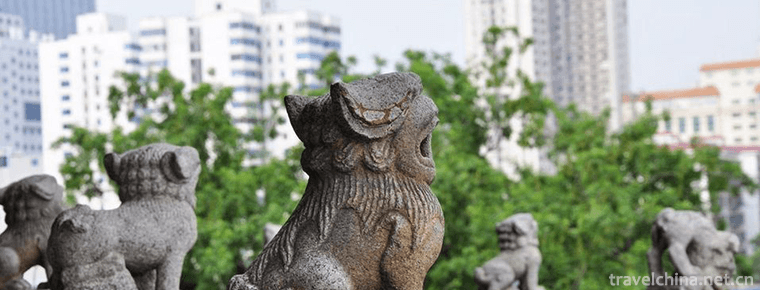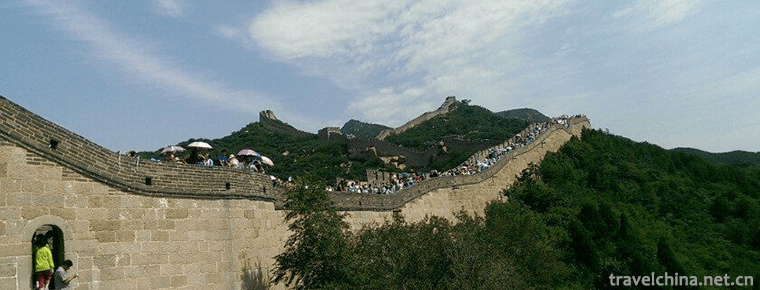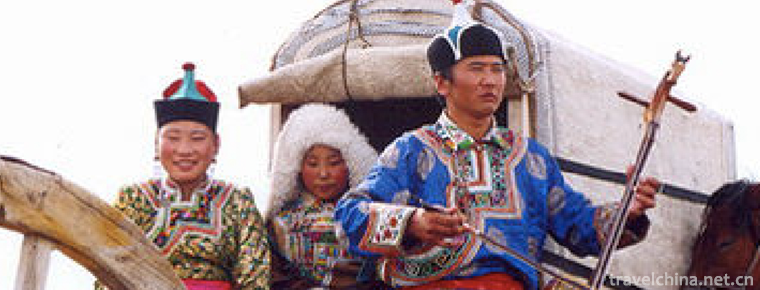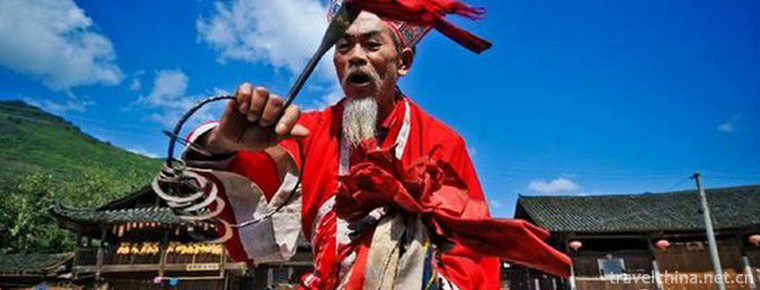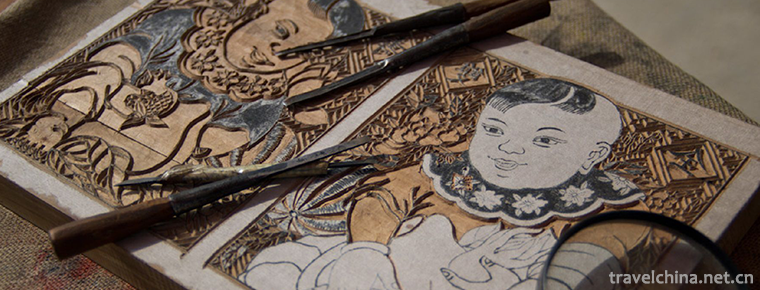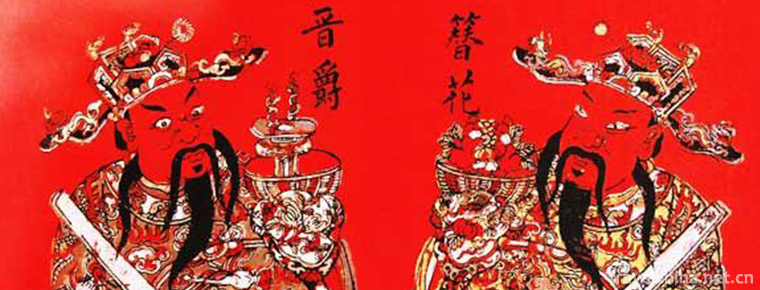Wonton Noodle
The wonton noodle is also called the bamboo rising face. It is a characteristic snack in Guangzhou. It originated in Guangzhou and Guangdong cuisine. The main ingredients are soup noodles (big fish soup with lard and leek yellow), salvaged noodles and fried noodles (noodles need to be steamed before fried). Wonton noodle is a very popular food in China. With boiled Yuntong and bamboo noodles, add the clear soup cooked with ground fish, shrimp skin, Yao Zhu and chicken, then add lard and leek yellow.
Generally speaking, Yuntuan noodles are composed of three parts, with soup and noodles as the most important part, followed by Yuntuan. The evaluation of a bowl of Yuntuan noodles is based on these three aspects.
Wonton noodles, or Yuntong noodles, are called "Rong" or "Chung" in the industry (both of them are jung2 "Chung" in Cantonese). The former is said to be the abbreviation of "lotus noodles". The latter is said to be the early wonton noodles are relatively small. In winter, the lower classes hold small bowls (i.e. "hugging") in their arms, and when they are full, they can warm themselves. Therefore, they are also called "thin hugging"("thin" means small). Also used to be the favorite of Guangzhou Xiguan master. Wonton has a smooth entrance, more elastic and chewy surface, and it is rich in protein, starch and other nutrients.
Wonton noodle is a kind of snack in Guangdong. Although pasta does not appear as a staple food in Guangdong, it is surprising that most Cantonese people have a hard feelings about Yuntong noodles. According to textual research, Yuntongmian first appeared in the late Qing Dynasty and the early Republic of China. It is said that it was introduced from Hunan during Tongzhi period.
At that time, a Hunan man opened a "Sanchu noodles restaurant" in Shuangmendi, Guangzhou (now Beijing Road), which specializes in pasta, including Yuntong noodles. But the wonton was rough at that time. Basically, only the noodle meat stuffed with white water soup. Later, after several improvements, egg juice and noodles were rolled into thin skins, wrapped in fillings made of minced meat, shrimps and leek.
Obviously, Guangzhou is not a staple food area. However, Guangzhou people have a special liking for this bowl of wonton noodles. The "three noodle shops" were flourishing, and many people soon followed suit. In the early days, Yuntong noodles were sold around by hawkers and attracted customers by knocking out bamboo boards. It soon developed into a market.
Eat wonton noodles also have to pay attention to, don't think a few wonton noodles add soup is called wonton noodles. The "wonton noodle" is needed for "Three Stresses". The authentic noodles should be made from flour and duck eggs, and the most important thing is that no water is needed. The authentic bamboo noodles are raised entirely by duck eggs. This way, the noodles are boiled out with a little bit of toughness and very crisp in the mouth. Two talk about wonton. The key lies in the filling, which is made of fresh shrimp balls, three-thirds fat and seven-minute lean pork. That's exactly what happens when you bite down "Bubu Crisp" (Cantonese, meaning: it's chewy to play your teeth). Three talk soup. The authentic method is to make soup with big fish and river shrimp (or shrimp shells) with delicious and sweet taste. MSG is a big taboo.
One way to distinguish the wonton noodles is true and false: chives must not be missing. Even when noodles are served on the table, it is important to put a spoon at the bottom of the bowl, then five fresh shrimp swallows, and then spread the noodles on the top of the swallow. The noodles are back-shaped, and then add half of the bowl of soup boiled with big fish and river shrimp. In the soup, as Curtner said, we should put some leek yellow silk to add delicacy and bring a crisp taste. In order to keep the elasticity of noodles, we should pay attention not to let the noodles soak in the soup, but to expose some noodles to the soup, and to catch up with the heat.
Yuntong noodle is rich in sweet, smooth starch, sugar, protein, calcium, iron, phosphorus, potassium, magnesium and other minerals. It has the effect of nourishing the heart and kidney, strengthening the spleen and intestines, thiamine, riboflavin, fiber, vitamin A, and three kinds of amino acids.
The wonton noodle is easy to digest and absorb, and has the effects of improving anemia, enhancing immunity, and balancing nutrient absorption.
Yuntong noodles are rich in carbohydrates, can provide enough energy, and absorb a lot of water in the cooking process, 100 grams of Yuntong noodles will become about 400 grams after cooking, so it can produce a strong sense of satiety. In addition, Yuntuan noodles can stimulate people's thinking activities. The human brain and nervous system need a kind of food with 50% carbohydrates. Noodles are the food that the human brain needs. Hard wheat contains B vitamins, which stimulate brain cells, so a bowl of noodles with reasonable nutrition is a good choice. In the morning, some foods with high protein content should be eaten. Eating noodles at night is not conducive to digestion and absorption.
Cantonese wonton noodle
Guangzhou people like to eat Yuntong noodles, a bowl of excellent Yuntong noodles, there must be "three talks": one talks about noodles, it must be bamboo litres of silver noodles; two talks about Yuntong, it needs 37 pieces of fat lean pork, but also with egg yolk pulp to live meat flavor; three talks about soup, it needs strong soup made of earth fish and pork bones. The little wonton noodles are loaded with rich local elements.
Eat wonton noodles also have to pay attention to, don't think a few wonton noodles add soup is called wonton noodles. The real "wonton noodle" needs "Three Stresses":
One face. The authentic noodles should be made from flour and eggs, and the most important thing is that they need no water at all, depending entirely on eggs. This way, the noodles are boiled out with a little bit of toughness and very crisp in the mouth.
Two talk about wonton. The key lies in the stuffing, with fresh shrimp balls, and bite off "peeling".
Three talk soup. The soup that is boiled out of firewood and shrimp shell should be fresh and clear, and MSG is a taboo. There is another way to distinguish the authenticity of Yuntong noodles: leek yellow must be indispensable (authentic Cantonese Yuntong noodles only put leek yellow instead of green vegetables). Even noodles on the table are exquisite: the bottom of the bowl is usually put five fresh shrimp swallow, and then the noodles on the top of the swallow, add more than half of the bowl of noodles soup, soup to put some leek yellow silk, add delicacy and bring a crisp taste.
The wonton of Guangzhou people is the wonton made by the northerners. It is said that Hunan was introduced into Guangdong in the Tang and Song dynasties. In the Song Dynasty, Gao Jie's book "living in groups" was recorded in the book: "south of the Five Ridges's warm..." In winter, the wonton is good, but it is often noisy. The introduction of wonton noodle into Guangzhou should be traced back to the Tongzhi period of the Qing Dynasty.
According to legend, a Hunan man opened a "Sanchu noodles restaurant" in Shuangmendi (Beijing Road) of Guangzhou, which specializes in pasta, including Yuntong noodles. But the wonton was rough at that time. Basically, only the noodle meat stuffed with white water soup. Later, after several improvements, egg juice and noodles were rolled into thin skins, wrapped in fillings made of minced meat, shrimps and leek.
Obviously, Guangzhou is not a staple food area. However, Guangzhou people have a special liking for this bowl of wonton noodles. The "three noodle shops" were flourishing, and many people soon followed suit. In the early days, Yuntong noodles were sold around by hawkers and attracted customers by knocking out bamboo boards. It soon developed into a market.
"Money to eat boxes of rice, no money to eat wonton noodles." Until now, the wonton noodle has returned to its most primitive state - the representative of cheap meals. However, it is undeniable that the people in Guangzhou never abandon it, but can not do without it.
If there is a so-called homesickness, wonton noodles can become a good medicine for Guangzhou people who are wandering outside. In a small bowl, the soup boiled from big fish, pork bones and shrimp seeds is fresh, sweet and not choking. The shrimp in Yuntun is delicate and delicate, and the silver silk surface is translucent and strong, just like the personality of Guangzhou. If you can get a bowl of cloudy noodles on the carvings when you get off the plane, the feeling of "fighting" has nothing to do with hunger or hunger. It's simply a dependence on going home.
Hongkong wonton noodles
Wonton noodle is one of the characteristics of Hongkong cuisine. is also an integral part of Hongkong's food culture. Wonton is wonton. The earliest wonton is made of whole pork, so it is called "wonton wonton". The ancient wonton is very particular about it. It should be three fat and seven thin. Nowadays, most of the Yuntong noodles we usually eat are made of fresh shrimp Yuntong, which is made of Yuntong skin, fresh shrimp and pork . Wonton noodles originated in Guangzhou. Wonton noodles are not only loved by Hong Kong people, but also by many Hong Kong stars, such as Zhou Yunfa, Tan Yonglin, Jackie Chan, Zhou Xingchi, Luo Jialiang, and so on. Opening their personal data, you will find that their favorite is Wonton noodles. Fage said: Because there is no way to work, I went to Canada to make western films. I went there for several months. I don't know why I wanted to eat Hong Kong's fish eggs powder and Yuntuan noodles for a long time. "I don't know how to cook at all, but I really like to eat Yuntong noodles. I eat them five or six times a week," Luo Jialiang said at a filming scene.










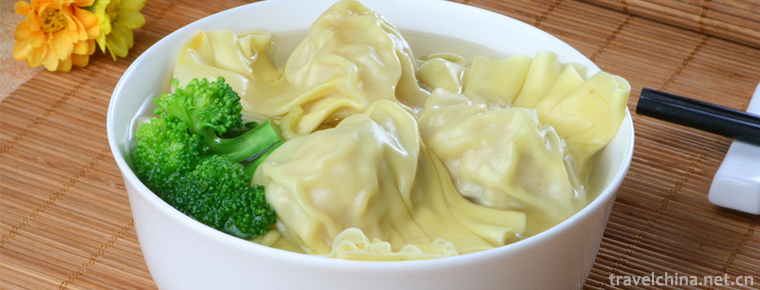
-
Stewed Pork Ball in Brown Sauce
Lion head is a traditional dish in the Huaiyang cuisine of Yangzhou, Jiangsu, China. Legend has it that Lion's Head began in the Sui Dynasty.
Views: 341 Time 2018-10-27 -
Mount Longhu Scenic Area
Located in Yingtan City, Jiangxi Province, the Longhu Mountain Scenic Area is 18 kilometers away from the city center. It consists of six scenic spots: Xianshuiyan, Longhu Mountain, Shangqing Palace.
Views: 179 Time 2018-12-08 -
Sanhe ancient town Scenic Area
Sanhe Ancient Town Scenic Area is located in Feixi County, Hefei City, on the shore of Chaohu Lake, adjacent to Lujiang County and Shucheng County.
Views: 143 Time 2018-12-08 -
Tianxin Pavilion
Tianxin Pavilion is located in the southeast corner of Changsha City, Hunan Province. It is a tower on the ancient city wall of Changsha where Chengnan Road meets Tianxin Road..
Views: 118 Time 2019-02-22 -
Legend of Badaling Great Wall
Badaling Great Wall legend is one of the traditional folk legends in Beijing. It is rooted in the folk and has prominent dialect characteristics. It combines romanticism and realism skillfully..
Views: 214 Time 2019-04-02 -
Horqin Chaoer Epic
Horqin epic is a local tradition of Mongolian heroic epic. It is the only living epic in Horqin area of Inner Mongolia Autonomous Region. "Chao Er Playing Method", "Overtone Playing Met.
Views: 130 Time 2019-05-09 -
Timago of Tujia Nationality
The Tujia Tima song, also known as the "Tujia Tima Goddess Song", is an ancient song sung in Tujia language in the activities of Tujia Tima. It mainly distributes in Longshan, Yongshun, Baoj.
Views: 279 Time 2019-06-23 -
Yang Liu Qingmu New Year Print
Yangliuqing Wood Printing New Year Picture, Tianjin folk traditional art, one of the national intangible cultural heritage..
Views: 209 Time 2019-07-11 -
Yi Peoples Cigarette Box Dance
Yi cigarette box dance, the traditional dance of Hani Yi Autonomous Prefecture in Honghe, Yunnan Province, is one of the national intangible cultural heritage..
Views: 161 Time 2019-07-12 -
Zhangzhou Woodblock New Year Picture
Zhangzhou woodcut New Year pictures belong to folk art, which began in the Song Dynasty and flourished in the Ming and Qing Dynasties. The contents of the New Year pictures are mainly two categories: .
Views: 141 Time 2019-07-25 -
Traditional Brewing Techniques of Distilled Liquor
Distilled liquor brewing is to first make grains, potatoes and other starch-rich or sugar-rich raw materials into grains (no filtered wine) or fermentation into grains (turbid wine), and then distille.
Views: 180 Time 2019-07-25 -
History and culture of Mianyang
Located 47 kilometers south of Santai County, Qijiang ancient town was once the capital of Qi state during the spring and Autumn period and the Warring States period. Every year on the 27 to 28 May of the lunar calendar, all the male and female believers around.
Views: 222 Time 2020-12-14
